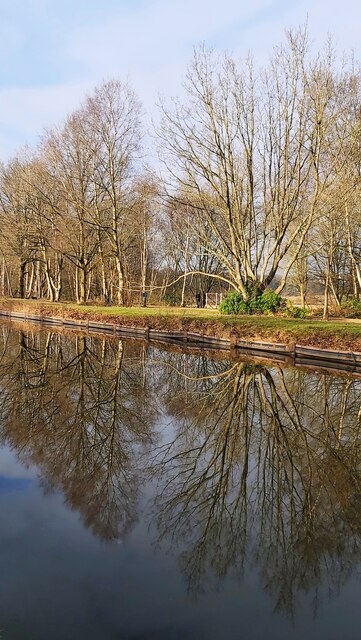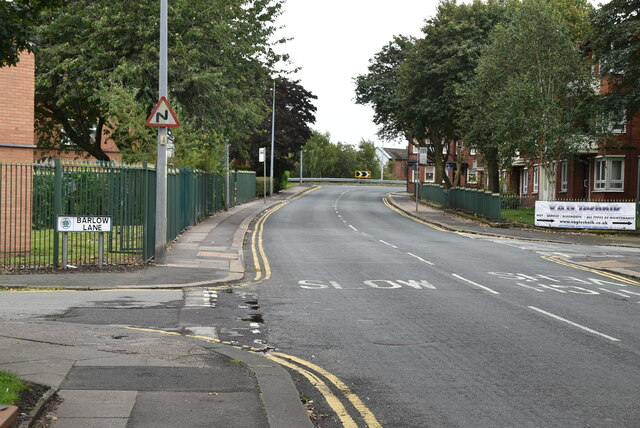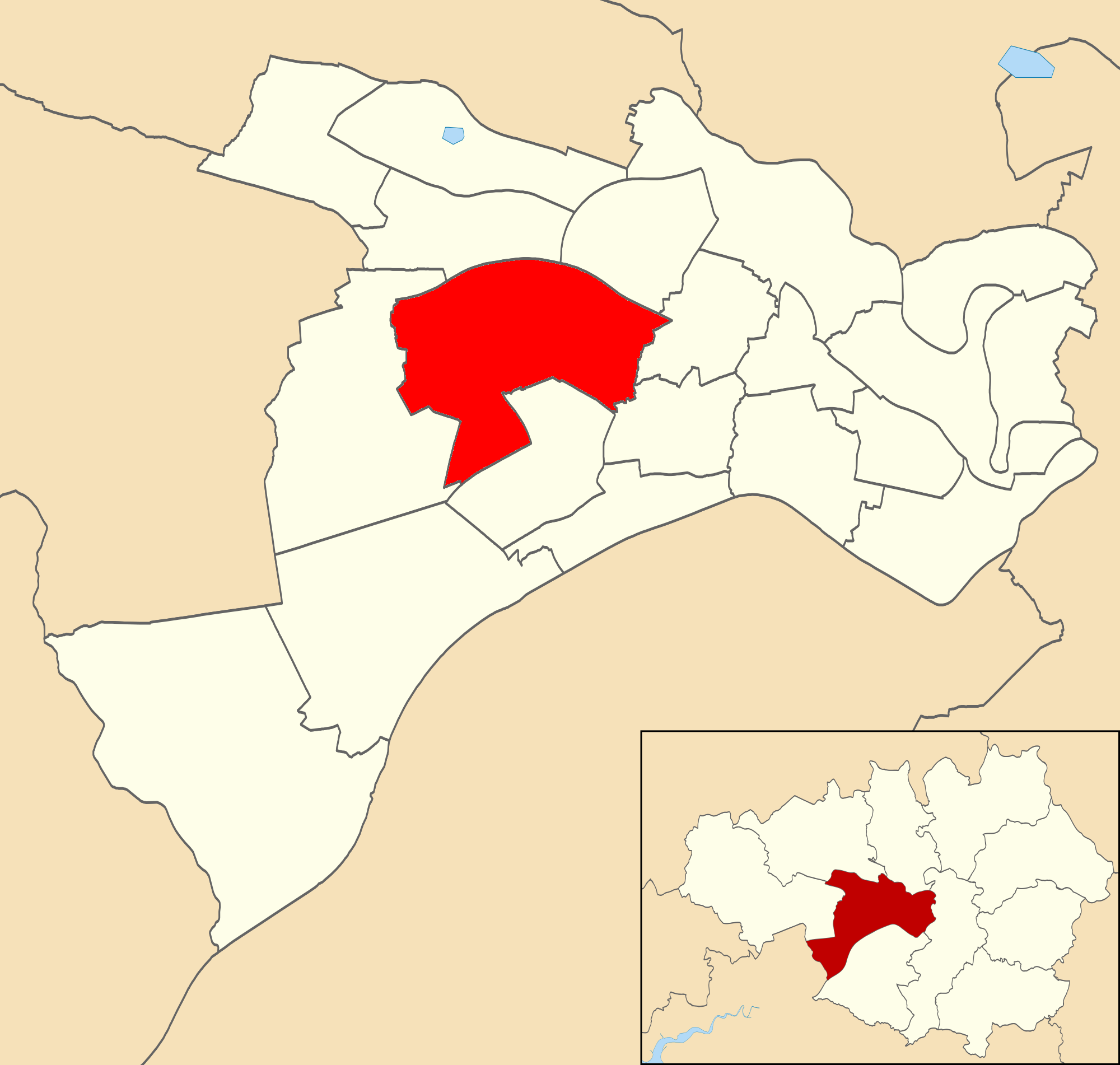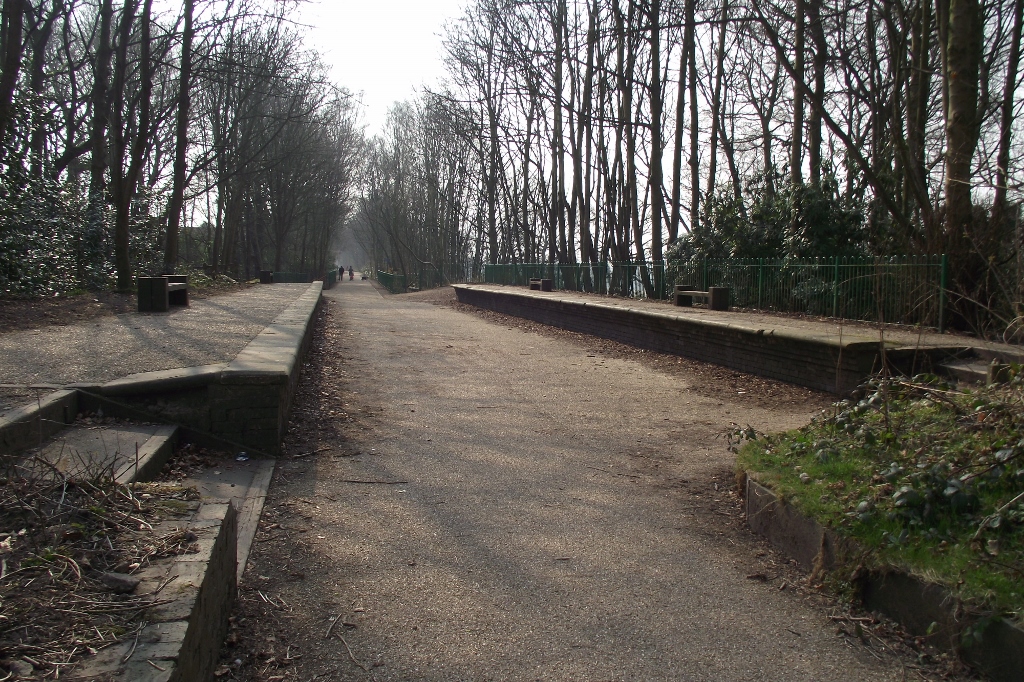Alder Forest
Settlement in Lancashire
England
Alder Forest
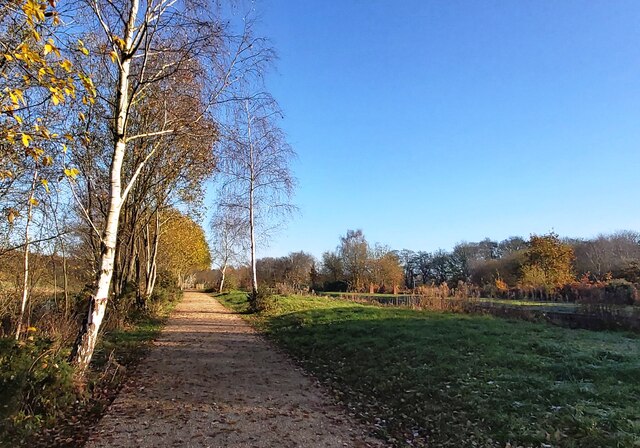
Alder Forest, located in Lancashire, England, is a captivating woodland area known for its natural beauty and rich biodiversity. Spanning approximately 160 hectares, the forest is situated within the larger Alder Grange Park, and is a popular destination for nature enthusiasts and outdoor adventurers alike.
The forest is primarily composed of a mix of broadleaf and coniferous trees, including species such as alder, birch, oak, and pine. These towering trees create a dense canopy that filters sunlight, creating a tranquil and shaded atmosphere within the forest. Numerous walking trails wind through the woodland, providing visitors with the opportunity to explore its diverse flora and fauna.
Alder Forest is home to a wide range of wildlife, with many species finding sanctuary within its boundaries. Birdwatchers are often rewarded with sightings of species such as woodpeckers, owls, and various songbirds. Meanwhile, small mammals such as foxes, squirrels, and badgers can be spotted by those with a keen eye.
In addition to its natural features, Alder Forest offers recreational facilities for visitors. There are picnic areas where families can enjoy a meal surrounded by nature, as well as designated spaces for barbecues. The forest also has a children's playground and a visitor center, providing information on the local flora and fauna, as well as the history and conservation efforts of the area.
Overall, Alder Forest in Lancashire is a haven for those seeking a serene and picturesque escape into nature. With its diverse wildlife, well-maintained trails, and family-friendly amenities, it offers a memorable experience for all who venture into its embrace.
If you have any feedback on the listing, please let us know in the comments section below.
Alder Forest Images
Images are sourced within 2km of 53.495018/-2.377714 or Grid Reference SJ7599. Thanks to Geograph Open Source API. All images are credited.

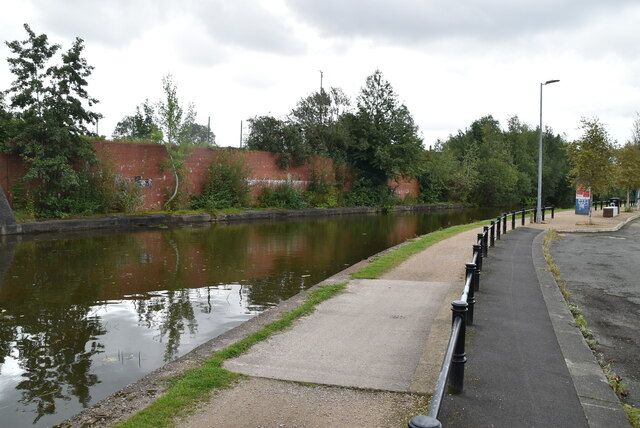

Alder Forest is located at Grid Ref: SJ7599 (Lat: 53.495018, Lng: -2.377714)
Unitary Authority: Salford
Police Authority: Greater Manchester
What 3 Words
///cuddling.contexts.paving. Near Swinton, Manchester
Nearby Locations
Related Wikis
Nearby Amenities
Located within 500m of 53.495018,-2.377714Have you been to Alder Forest?
Leave your review of Alder Forest below (or comments, questions and feedback).
